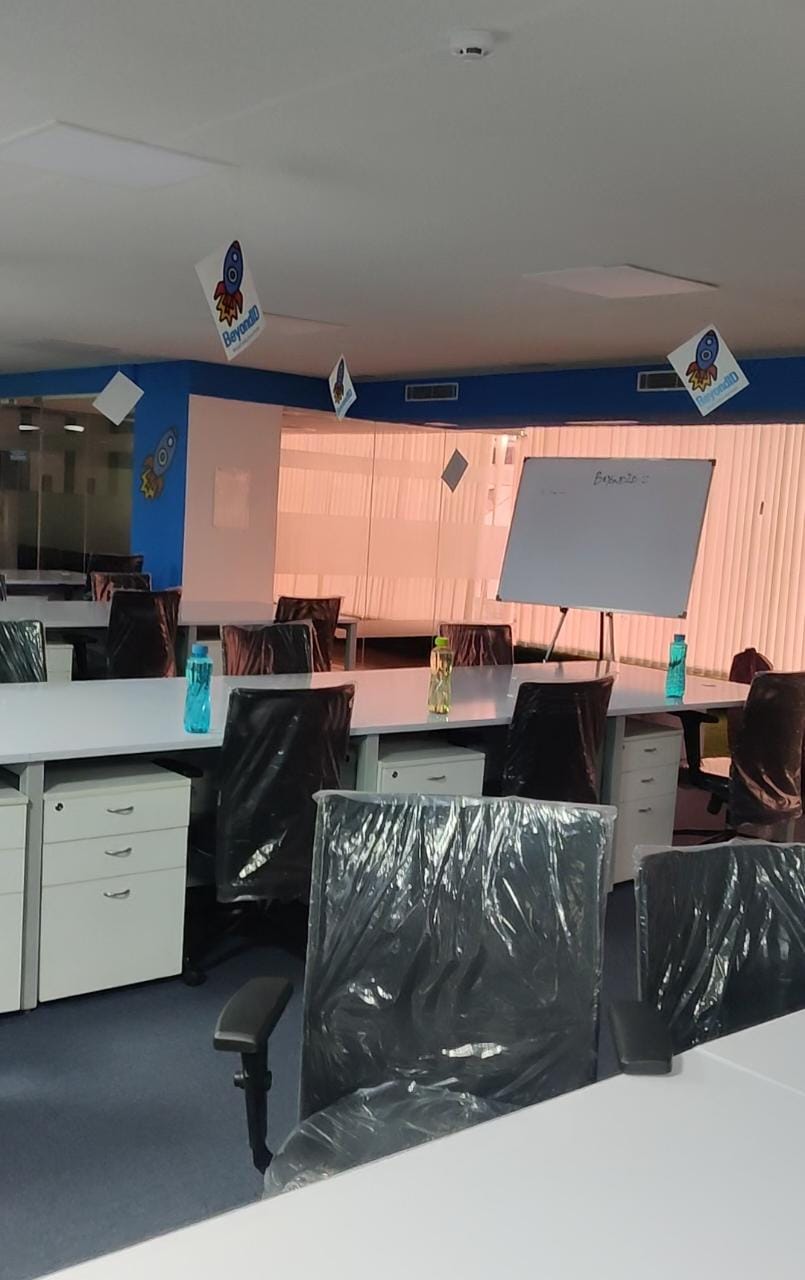Establishing an efficient office setup involves careful consideration of various elements to create a conducive work environment. The first step is space planning, where the layout is designed to optimize workflow and collaboration. Selecting appropriate furniture, incorporating technology infrastructure, and ensuring a comfortable and organized workspace contribute to a productive atmosphere. Additionally, communication systems, common areas, and amenities are strategically integrated to support employee well-being. A focus on security measures, adherence to regulations, and branding elements further enhance the overall functionality and professionalism of the office. The collaboration between architects, interior designers, and IT professionals is crucial to achieving a seamless and well-planned office setup that aligns with the organization's objectives and promotes a positive work culture.
The office setup involves the implementation of technology and equipment essential for daily operations. This includes the installation of computers, phones, printers, and other necessary devices. Establishing a reliable IT infrastructure with internet connectivity, network systems, and cybersecurity measures ensures smooth communication and protects digital assets. Common areas and breakout spaces are designed to promote employee collaboration and well-being, contributing to a positive and dynamic work environment. The overall office setup aims to balance functionality, aesthetics, and employee satisfaction, creating a space where tasks can be efficiently accomplished and organizational goals can be pursued with efficiency and innovation.
